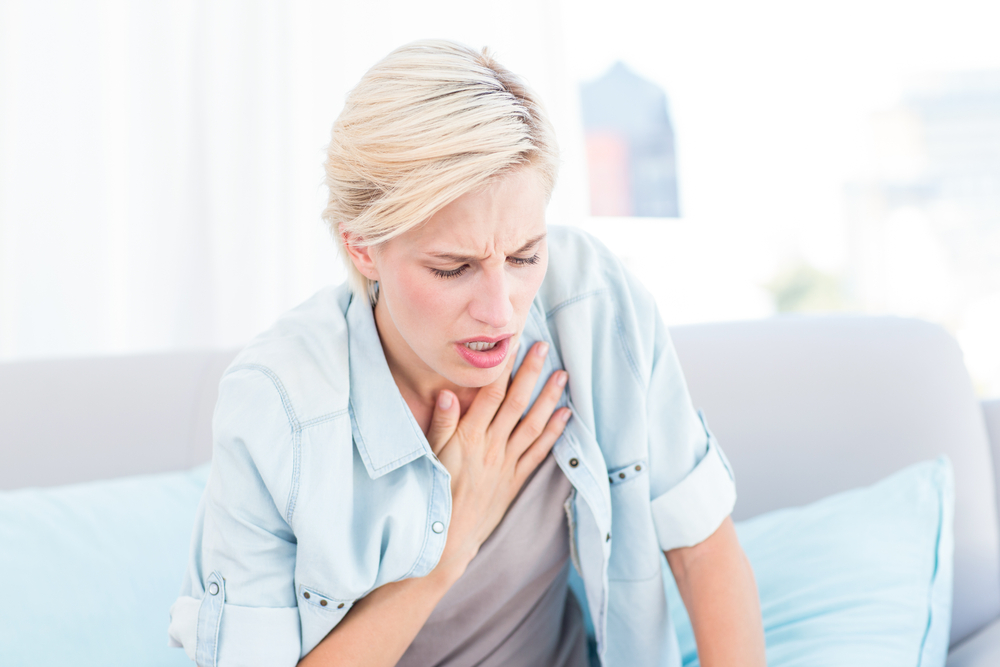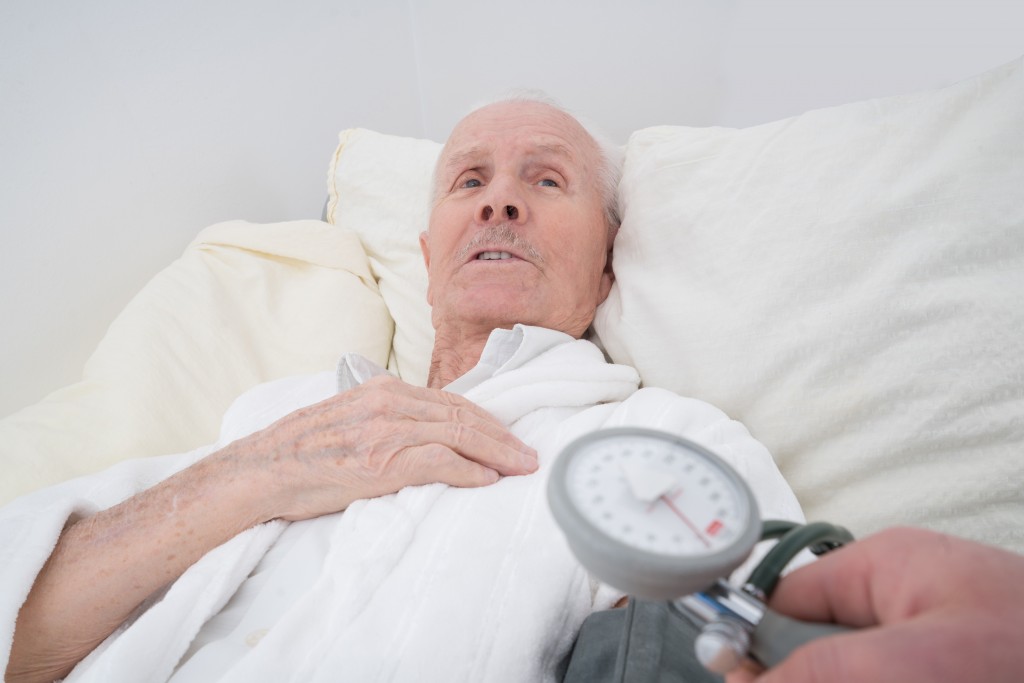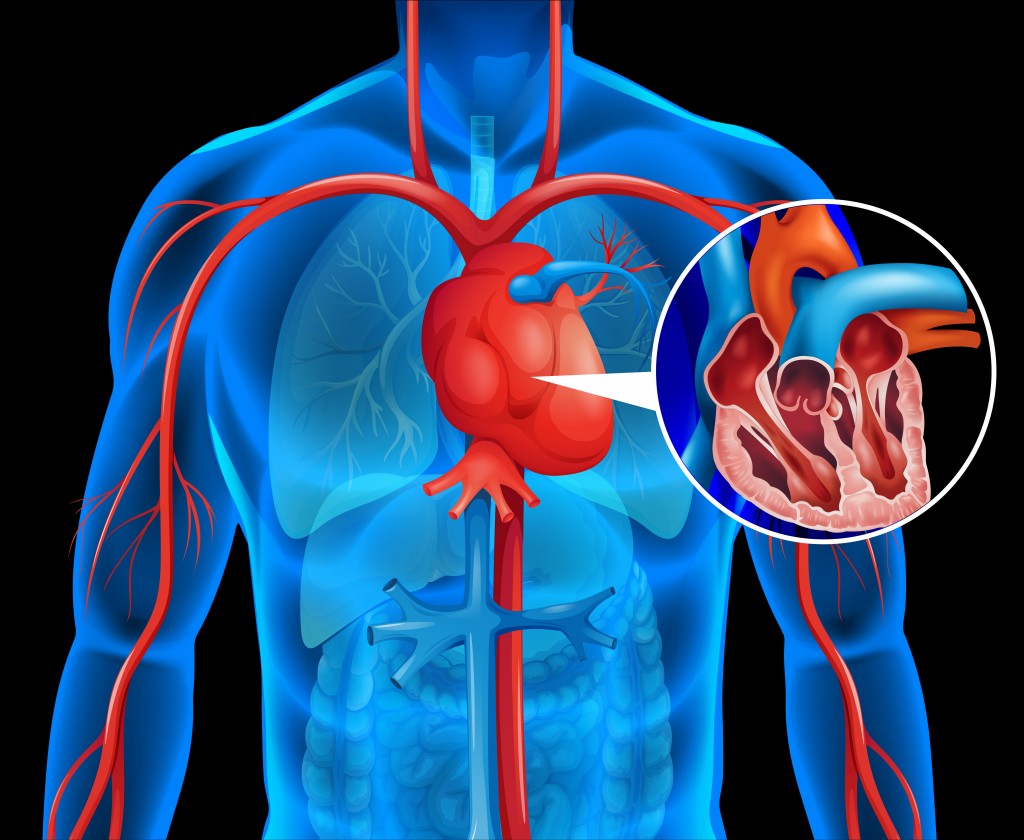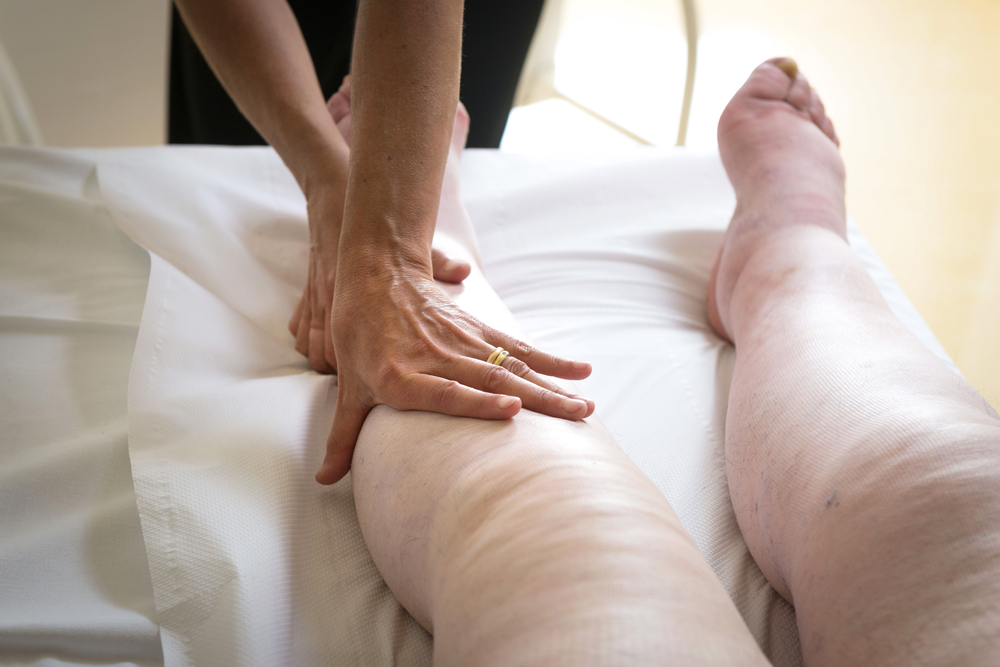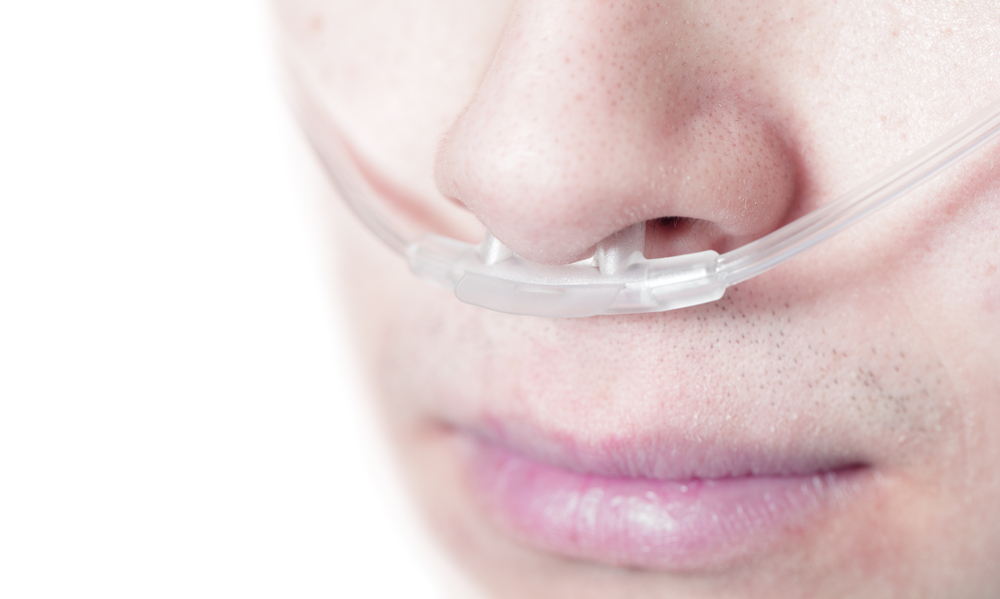10 Signs of Pulmonary Hypertension
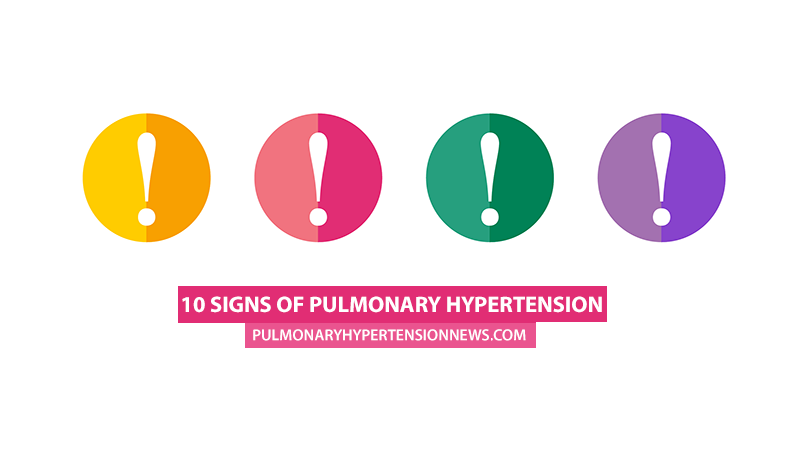
According to the National Heart, Lung and Blood Institute, there are 10 main signs for pulmonary hypertension. While the individual symptoms on their own do not not mean you have PH, if you experience any combination of the symptoms you should see your doctor.
Interested in PH research? Check out our forums and join the conversation!
Initial Symptoms – some of early signs and symptoms of PH include:
1. Shortness of breath.
Shortness of breath is feeling somewhat winded while doing slightly physically challenging activities such as climbing stairs or walking uphill.
Here are some tips to manage your shortness of breath.
2. Fatigue.
Fatigue, or extreme tiredness due to over exertion or illness, may occur in PH due to poorly oxygenated blood.
Read more about how fatigue is amplified in sedentary women with PAH.
3. Pains in the chest area.
4. A rapid heartbeat.
Rapid heart beat or skipped beats (palpitations or arrhythmias) can be indicators of PH.
Find out more about what can cause pulmonary hypertension.
5. Experiencing pain in the upper right-hand side of the abdomen.
Discover more about pulmonary arterial hypertension here.
6. Loss of appetite.
Discover more about pulmonary arterial hypertension here.
Secondary Symptoms
As PH progresses, other symptoms become noticeable. They include:
7. Fainting
Faintness or dizziness can also be known as syncope.
Find out more about what can cause pulmonary hypertension.
8. Feeling dizzy or light-head, particularly when exercising or undergoing any physical exertion.
Discover more about pulmonary arterial hypertension here.
9. Sudden swelling in the legs and/or ankles (edema).
Find out more about what can cause pulmonary hypertension.
10. Lips and/or skin taking on a blueish tinge.
Your lips or skin may turn blue, this is referred to as cyanosis (lack of oxygen in the blood).
Read more about pulmonary hypertension and edema here.
Pulmonary Hypertension News is strictly a news and information website about the disease. It does not provide medical advice, diagnosis or treatment. This content is not intended to be a substitute for professional medical advice, diagnosis, or treatment. Always seek the advice of your physician or another qualified health provider with any questions you may have regarding a medical condition. Never disregard professional medical advice or delay in seeking it because of something you have read on this website.




